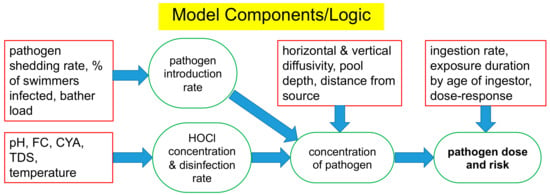I just passed my CPO exam in order to better understand my residential pool. While I learned a lot more details about chemical disinfection types, measurements and techniques, I don't think I've come any closer to understanding best practices regarding CYA and FC.
Here's my confusion, I'm hoping someone more experienced can help explain:
As I understand, there is a growing argument for keeping CYA levels low to zero. The CDC, local health codes and Model Aquatic Code all recommend low CYA levels, especially in response to a fecal incident. FC needs to be maintained at a higher ppm, for a longer period of time, the higher the level of CYA in your pool. I am told that the state of NY prohibits ANY amount of CYA in public pools.
So, here's my dilemma: I live in Las Vegas- extremely low humidity, high temp, direct sunlight on pool every day. I was told that 90% of FC in pool could be lost in one hour, due to direct sunlight UV radiation. CYA is a way to combat this, and prolong FC in your pool, but has it's downsides, described above.
If the goal is to have a Constant FC level of 2.0 ppm, but low-to-zero levels of CYA, I can't see any way of achieving this without an automatic, constant feeder. What am I missing?
I have a 12,500 gallon pool. I shock with Cal-Hypo 73%. I use Tri-Chlor tabs in a floater, but cannot keep FC sufficient w/ out shocking. I just drained, refilled pool 30 days ago, so high TDS or CYA are not issue. TA=90, CYA=15, pH=7.6.
Any advice would be extremely helpful!!
Mack
Here's my confusion, I'm hoping someone more experienced can help explain:
As I understand, there is a growing argument for keeping CYA levels low to zero. The CDC, local health codes and Model Aquatic Code all recommend low CYA levels, especially in response to a fecal incident. FC needs to be maintained at a higher ppm, for a longer period of time, the higher the level of CYA in your pool. I am told that the state of NY prohibits ANY amount of CYA in public pools.
So, here's my dilemma: I live in Las Vegas- extremely low humidity, high temp, direct sunlight on pool every day. I was told that 90% of FC in pool could be lost in one hour, due to direct sunlight UV radiation. CYA is a way to combat this, and prolong FC in your pool, but has it's downsides, described above.
If the goal is to have a Constant FC level of 2.0 ppm, but low-to-zero levels of CYA, I can't see any way of achieving this without an automatic, constant feeder. What am I missing?
I have a 12,500 gallon pool. I shock with Cal-Hypo 73%. I use Tri-Chlor tabs in a floater, but cannot keep FC sufficient w/ out shocking. I just drained, refilled pool 30 days ago, so high TDS or CYA are not issue. TA=90, CYA=15, pH=7.6.
Any advice would be extremely helpful!!
Mack



